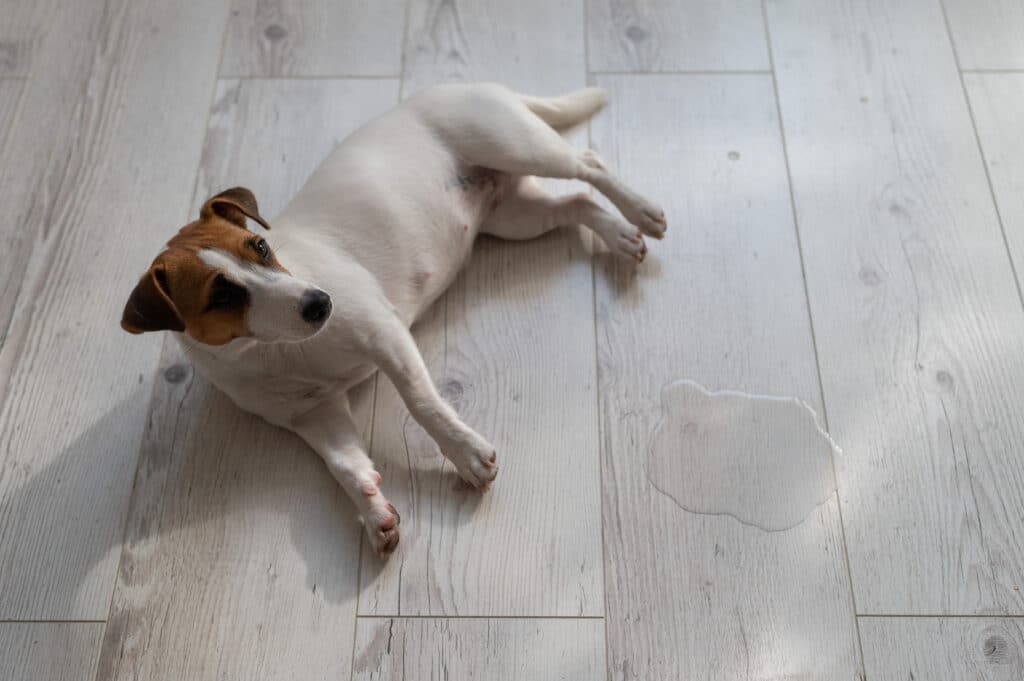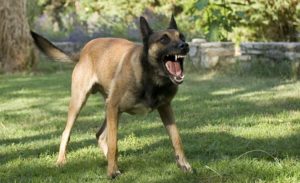Let’s face it, dogs are territorial animals by nature. They like to protect their territory, their family, and their belongings. Territorial marking is different from urination because it is only a small amount to make other dogs aware that this is their territory. When people notice that their dog has been marking around the house, it is not usually done out of spite, but out of insecurity.
For a dog, this insecurity may be a sense that their area is under siege by another person or animal inside the house, or even outside in some cases. Territoriality is not always a bad thing, but it is definitely bad for your home, because it involves urination around things or places that “belong” to the dog; exposure to the scent later can also trigger re-marking. Here is what you need to know in order to prevent this behavior.
How to Prevent Territorial Marking
Spay or Neuter Your Dog
If you have not already done so, having your dog spayed or neutered can reduce incidences of territorial marking. It can also extend your dog’s life, improve other aspects of their health, and reduce the number of unwanted dogs. Dogs that have been spayed or neutered can and do still engage in marking behaviors from time to time, depending on other factors. According to a report from the Humane Society, spaying or neutering your pet may help reduce likelihood that they will mark their territory, but it does not completely stop it.
Allow Your Dog to Get Acquainted with Unfamiliar Faces
Sometimes your dog may start marking things around the house because someone new has been introduced into the household, whether it is a new roommate, pet, or even a frequent visitor. Chances are that the dog feels like this person or animal has entered their realm and it is marking to show them that they still have ownership over the territory. People are usually annoyed by this behavior, but other animals know what it means if a dog has marked their territory. The only way to resolve this issue is to allow your dog to get a true introduction to the new person or pet and allow them to spend some time to bond with them. Keep the new person or animal out of the dog’s area until the two have become more acquainted.
Establish Yourself As the Pack Leader
Dogs crave rules, boundaries and limitations. It is not a good idea to allow your dog to roam all over the house, sit on furniture, eat from the table, or engage in any other type of disruptive behavior. Although your dog is your companion, it is a follower in your pack, not a leader. You can reduce this type of behavior by asserting yourself as the pack leader by using calm, assertive energy. Make your dog earn food, water, and affection through exercise and discipline — exercise via two or more daily walks to drain her energy, and discipline through setting those rules, boundaries and limitations.
These types of issues are often exacerbated by a lack of training and discipline for your pet. If this seems to be a big problem, then you may want to consider an obedience class for your dog or speak to your veterinarian for some other solutions.
How long are your pack walks? Share it with us in the comments below.











